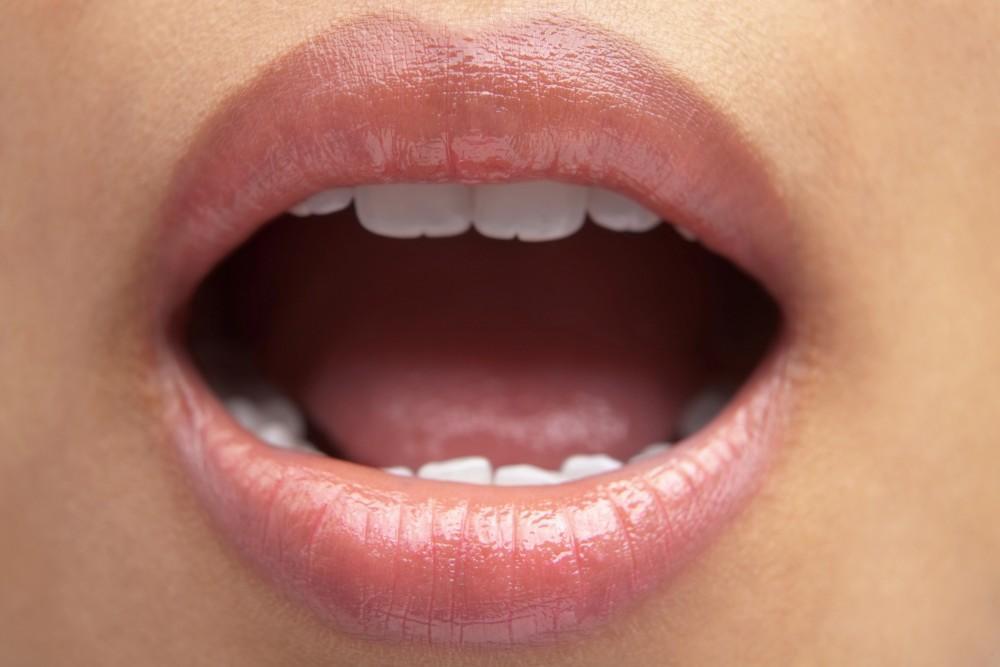
Consequences of Extreme Tooth Enamel Erosion

Tooth enamel is the strongest tissue in the human body - even stronger than your bones! The enamel helps to protect your teeth from daily activities like biting, chewing, and crunching foods, in addition to protecting the sensitive interior of the tooth from harsh chemicals and temperatures.
While it’s incredibly durable, tooth enamel is not indestructible. Enamel erosion can occur when acids slowly wear away the enamel on your teeth, which does not regenerate.
Why Enamel Erosion Matters
When tooth enamel begins to erode, the affected tooth becomes more susceptible to cavities and tooth decay. Once tooth decay enters past the hard enamel, it has entry to the main body of the tooth and leaves behind signs of enamel erosion.
Common indications of tooth enamel erosion include:
Sensitivity - Certain foods and temperatures of foods may cause a twinge of pain in the early stages of enamel erosion.
Discoloration - As the enamel erodes and more dentin is exposed, your teeth may appear yellow.
Cupping - Indentations (cavities) appear on the surfaces of your teeth
Cracks and chips - The edges of teeth become more rough, irregular, and jagged as enamel erodes.
Causes of Tooth Enamel Erosion
As previously mentioned, tooth enamel will not repair itself. If your enamel has already started to erode, the process cannot be reversed; however, you can prevent it from becoming worse. Tooth enamel erosion can happen because of a genetic disposition to weak enamel or acidic types of plaque build-up. However, damage can also occur from eating certain foods, drinks and from bad habits.
Foods with acidic qualities can create erosion. Some of the substances that commonly lead to tooth enamel erosion include:
- Fruit beverages high in sugar
- Foods high in sugar and starches
- Soft drinks
- Excessive amounts of vitamin C
- Medications like antihistamines and aspirin
Tooth enamel can also occur because of certain harmful habits like:
- Dry mouth
- Low saliva production
- Clenching or grinding the teeth
- Brushing too hard
- Biting hard objects
- Frequent vomiting
- Plaque build-up from poor dental hygiene
Consequences of Enamel Erosion
When your teeth are worn, they don’t perform their jobs as they should. Short teeth won’t work correctly when you’re attempting to bite or chew, and regular tasks become painful such as eating, chewing, or speaking.
TMJ Pain
Worn teeth will not fit together in a healthy, natural way. When paired with poor function, the jaw muscles have to strain to get teeth working as they should. Long-term unhealthy jaw movements can lead to damage to the jaw joints and even a TMJ disorder.
Migraines
Straining to fit teeth together to chew can cause muscle tension outside of the jaw. Facial pain, chronic headaches, and migraines can all be by-products of severe tooth wear.
Premature Aging
The negative aesthetic changes that accompany worn teeth may suggest you are older than you are.
Talk With Your Dentist If You’re Concerned About Enamel Erosion
The best way to fix enamel erosion is to prevent it from happening in the first place. By taking excellent care of your teeth and gums by brushing twice a day and flossing daily, you can help keep your enamel strong. Visiting your dentist regularly for routine dental cleanings will help to diagnose and treat erosion early, once the first signs appear.
If you’re experiencing early signs of enamel erosion, your dentist may suggest dental bonding. This is a relatively conservative restorative procedure in which your dentist will place a tooth-colored resin on your teeth that will then bond with your teeth and serve the protective purpose that your enamel served before it began to erode. If your enamel is too eroded or your teeth have started to crack, cosmetic dentistry treatments may be necessary to repair the damage. If you’re in the Cortland area and you’re concerned about enamel erosion, schedule an exam with Elite Dental & Denture PC today.
You Might Also Enjoy...


Can Children Get Gum Disease?

Types of Oral Infections and How to Recognize Them

Is Mouth Breathing Bad?

Can Improving Your Smile Boost Your Career?


